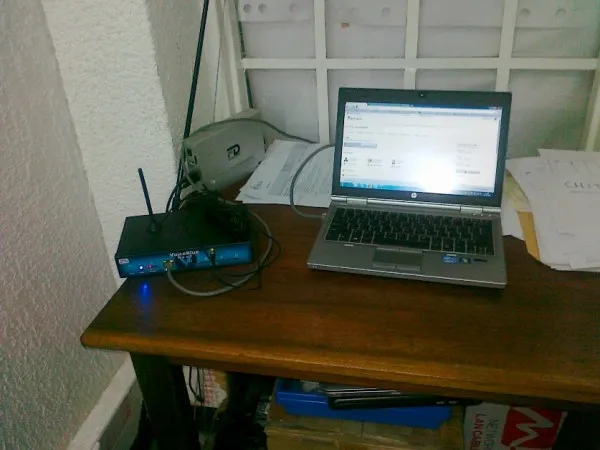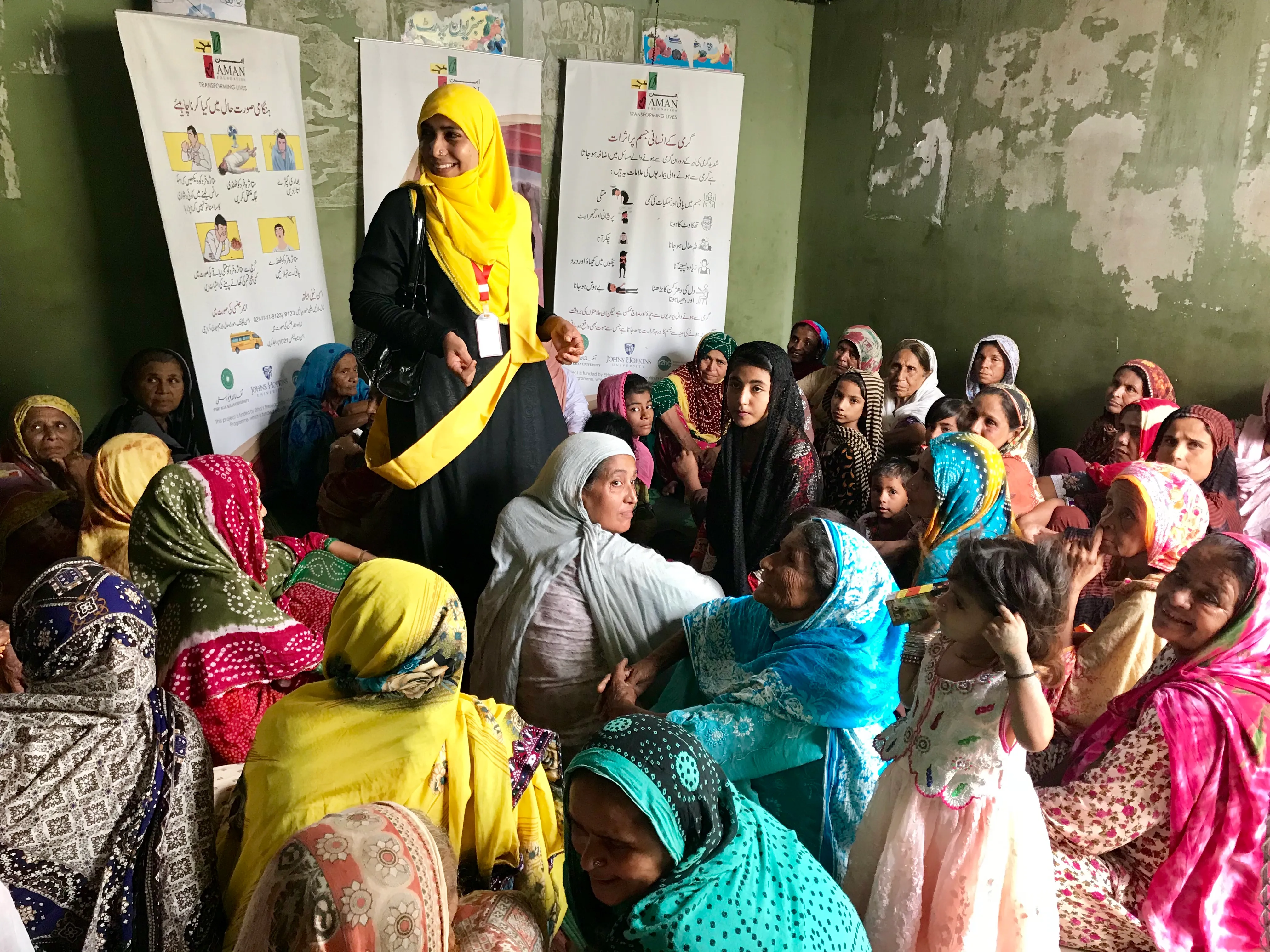Finally, IVR calls coming through loud and clear

In the past week, we finally managed to successfully call a few people in Mugunga 3 camp using an interactive voice response (IVR) system based in our Goma sub-office. People in the camp heard automated questions from WFP on their mobile phones, to which they replied by keying in answers on their touchpads. We have been placing these automated calls using Verboice, InSTEDD’s free and open source IVR software. Verboice runs on a basic laptop connected to a GSM modem.
In past months, we’ve had success implementing our food security surveys through live calls placed by our operators. At this stage of the project, we’re keen to see whether automated calls could work as a complement to our live calls. IVR technology promises to provide flexibility with the time of day when calls are placed, and low costs if the project is scaled to other areas.

Getting the IVR machine to ‘work’ was a slog. At the early stages of the mVAM project last year, Marie read about the of setting up of an IVR system in the ‘Voice of Haitians’ blog– after learning about the challenges and delays the project had faced, optimistically she thought we could get our systems set up a bit more quickly. Although we opted for a ‘light’ solution involving a laptop and a 2 channel modem, we ran into a series of technical hurdles that the team in Goma, WFP HQ and InSTEDD had to deal with.
While we were able to get Verboice to place a number of successful test calls to DR Congo from WFP Headquarters in Rome, using a Skype account, we struggled with the local installation of the laptop and modem in our sub-office. First we had to figure out how to install Verboice (a Linux application) on a Windows machine. We then had to make the modem to work within the constraints of WFP’s IT network. Although the machine was successfully ‘calling’ local GSM numbers in DR Congo in May, the calls sounded poor. Improving audio quality took weeks. In the end, Mireille in Goma had to record the questions at a local recording studio. After months of email, calls, testing and tinkering, we were finally able to place calls that sound loud and clear to the people in the camp. The positive side is that we now know how to do this, and the setup of the machine in Somalia, our second pilot setting, should be easier as a result.

While we’re happy that the IVR machine now works, the proof of the pudding for us will be the extent to which IVR calls are user-friendly for the people we call. We know that it took outreach to get our live calls to work. The people we call initially had to be shown how to handle their phones, as many had never owned a cell phone before, and our very first operator calls were too long and awkward. It took a few months before we got into a routine. We expect that the same type of ‘soft’ support will be required before we get adequate response through the IVR.
Funded by the Humanitarian Innovation Fund, The mVAM - ‘mobile Vulnerability Analysis and Mapping’ project provides for the use of voice technology for household food security data collection. It is expected that mVAM would lead to a leap in time and cost-efficiency of data collection.
Stay updated
Sign up for our newsletter to receive regular updates on resources, news, and insights like this. Don’t miss out on important information that can help you stay informed and engaged.
Related articles



Explore Elrha
Learn more about our mission, the organisations we support, and the resources we provide to drive research and innovation in humanitarian response.